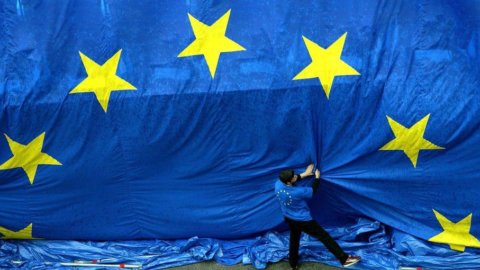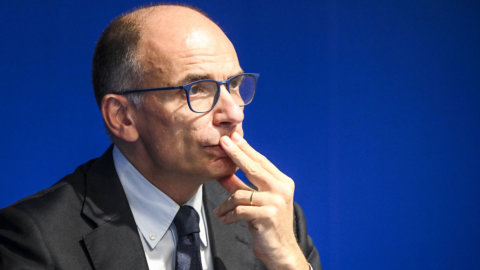The worst, for Europe, seems to be over. This was said yesterday by Prime Minister Enrico Letta and the Minister of Economy, former number one of Bank of Italy, Fabrizio Saccomanni. Rumors that are supported by the macroeconomic indicators released in recent weeks.
They arrived in the last week of July the (positive) data on EU manufacturing. In July, in its "preliminary reading", Euroland's manufacturing PMI index exceeded 50, reaching 50,1. This is an important signal because the threshold in question indicates the transition from "contraction" to "expansion". Manufacturing activity intensifies for the first time since January 2012. Protagonists of the result were: Germany (50,3) and France (49,8).
After the manufacturing sector that of services is once again showing signs of improvement in the euro area and it does so by reaching the highs of the last 18 months. As Germany's recovery gains momentum, the slowdown in the region's second-, third- and fourth-largest economies (France, Italy and Spain) has eased further.
Leading the group towards the recovery is always the locomotive of Germany, where rates of growth in manufacturing and services sector output hit 17- and five-month highs, respectively. France, Italy e Spain meanwhile they have seen a slowdown from the contraction. Paris and Rome are about to reach a desired stage of stabilization, with the convincing growth of manufacturing companies which has amply offset the difficulties still encountered in the tertiary sector. Spain has seen an improvement in both industries, which however still remain in the contraction phase.
Manufacturing and work show signs of improvement but the situation is not yet entirely rosy. Investors have regained confidence in the area of the single currency, with their eye always turned to the effects of the recovery of the largest economy in the world (the United States) and those of the ever-steady German economy). Once again, the most indebted countries of the Old Continent are worrying investors and the reason for these concerns concerns more the political level than the merely economic one.




